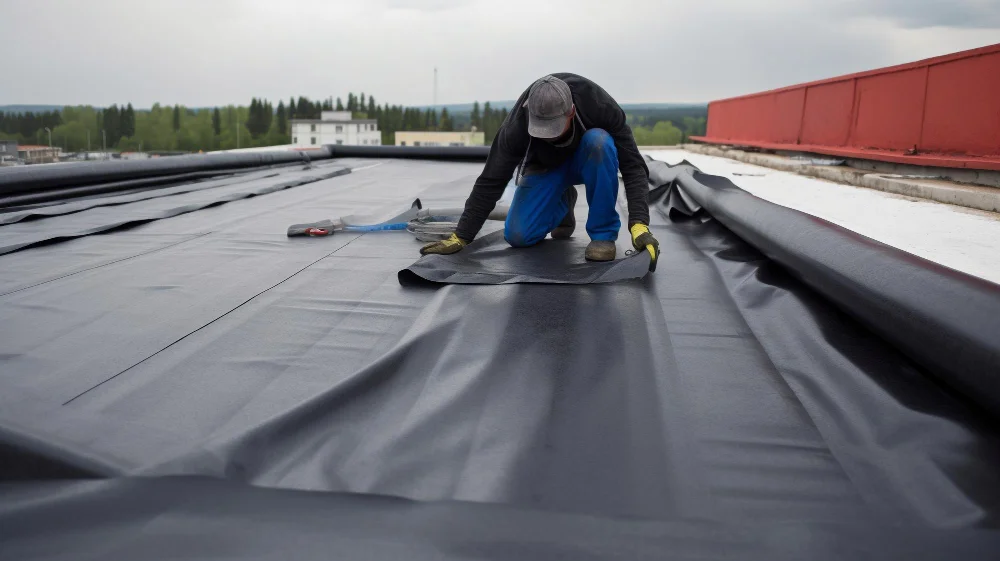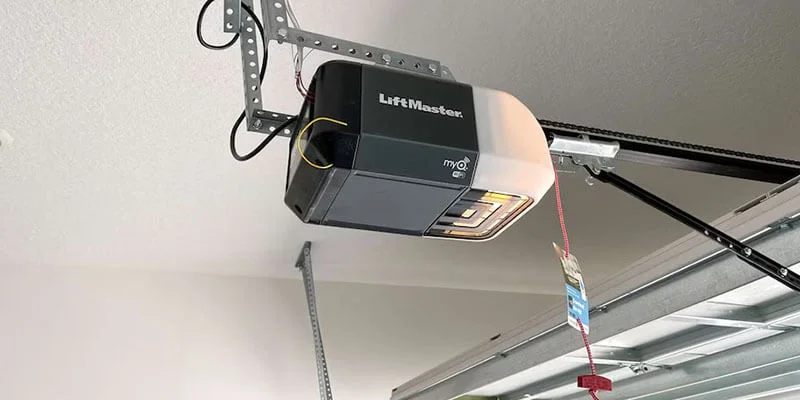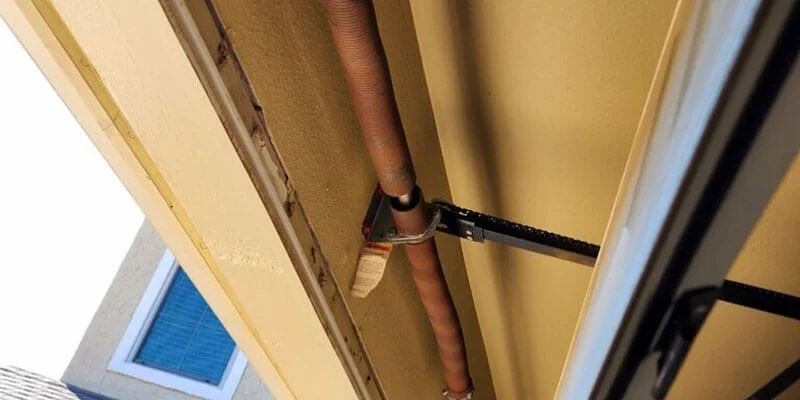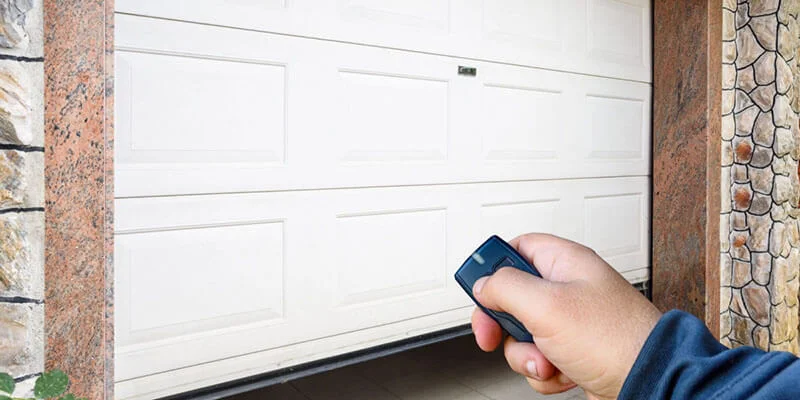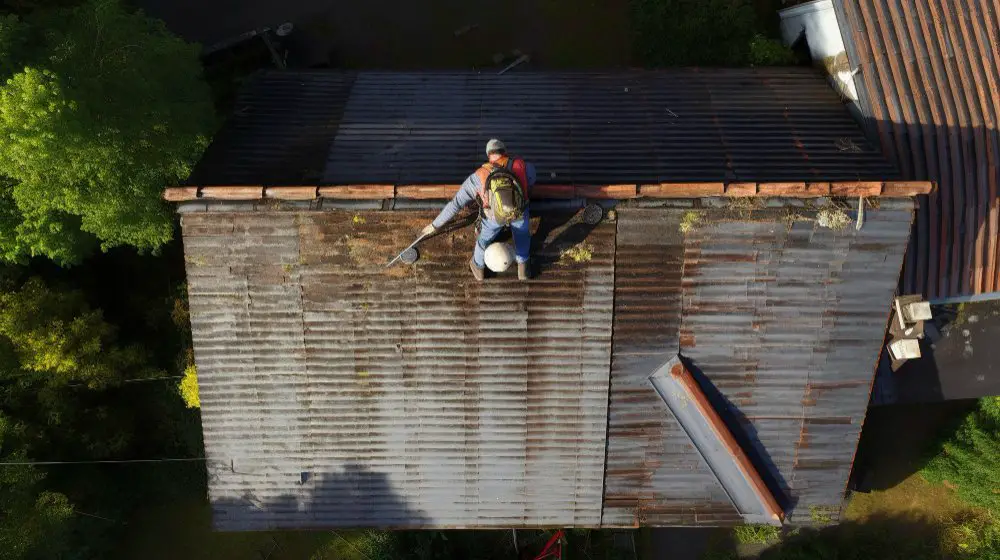Flat roofs offer a sleek aesthetic and practical utilization of space, making them popular choices for commercial and industrial buildings. However, their very nature exposes them to constant elemental assault, leading to inevitable wear and tear. When the telltale signs emerge, the question isn’t “if” you need a flat roof replacement, but “when.” In this article, we discuss roof replacement is necessary, to ensure a smooth transition and extended roof longevity.
The Inevitable March of Time: Recognizing the Need for Replacement
Just like any material, flat roofs succumb to the passage of time and environmental pressures. Several indicators will signal the need for decisive action:
Visible cracks and tears: These fissures compromise the roof’s protective barrier, allowing moisture to infiltrate and wreak havoc on the underlying structure.
Ponding water: Failure to drain properly leads to stagnant water, accelerating wear and tear and posing a potential structural risk.
Missing or damaged flashing: Flashing seals critical junctions and penetrations, and its deterioration exposes these vulnerable areas to leaks.
Interior leaks and stains: Water seeping through the roof manifests as damp patches and unsightly stains on ceilings and walls.
Increased energy bills: A compromised roof loses its insulating properties, forcing HVAC systems to work harder and driving up energy costs.
Ignoring these red flags can lead to costly consequences, including structural damage, mold growth, and interior water damage. Proactive replacement, on the other hand, safeguards your investment, ensuring the continued protection and functionality of your building.
Charting the Course: The Replacement Process Demystified
Replacing a flat roof might seem daunting, but a well-defined process ensures a smooth and efficient journey:
1. Inspection and Assessment:
A thorough inspection by a qualified roofing professional is paramount. They will evaluate the extent of damage, identify underlying issues, and determine the most suitable replacement material and approach.
2. Choosing the Right Material:
A variety of options exist, each with its unique advantages and considerations. Popular choices include:
Modified Bitumen (MBP): Durable, cost-effective, and fire-resistant, but requires hot asphalt application.
Thermoplastic Polyolefin (TPO): Highly reflective, energy-efficient, and weldable, but susceptible to punctures.
EPDM rubber: Lightweight, flexible, and easy to install, but requires specialized adhesives.
3. Permitting and Preparation:
Depending on your local regulations, permits might be required before commencing the replacement project. Ensure all necessary paperwork is in order and prepare the building by clearing the roof and protecting adjacent areas.
4. Removal and Replacement:
The existing roof membrane is carefully removed, followed by addressing any underlying structural issues. The new membrane is then installed following the manufacturer’s specifications and industry best practices.
5. Final Touches and Inspections:
Upon completion, the roof is inspected for proper installation and watertightness. Flashing and drainage systems are checked for functionality, and final clean-up ensures a pristine finish.
Investing in Longevity: Advantages of Timely Replacement
Replacing your flat roof before it fails offers a multitude of benefits:
Prevents costly repairs: Addressing problems early on saves you from potentially bigger and more expensive issues down the line.
Enhances energy efficiency: A new roof with superior insulation can significantly reduce your heating and cooling costs.
Safeguards your building: A watertight roof protects your building’s structural integrity and prevents interior damage.
Extends lifespan: A properly installed and maintained flat roof can last for decades, maximizing your investment.
Improves property value: A well-maintained roof enhances the curb appeal and overall value of your building.
Partnering for Success: Choosing the Right Contractor
Choosing a qualified and experienced roofing contractor is crucial for a successful replacement project. Look for:
Licensing and insurance: Ensure the contractor is properly licensed and carries liability insurance.
Experience with flat roofs: Choose a contractor who specializes in flat roof replacement and is familiar with your chosen material.
Positive references and reviews: Seek recommendations from previous clients and check online reviews.
Clear communication and estimates: Choose a contractor who provides clear communication, detailed estimates, and answers all your questions.
Flat roof replacement might seem like an unwelcome necessity, but with proper planning and execution, it can be a smooth and rewarding experience. By acknowledging the telltale signs, navigating the replacement process with a knowledgeable roof contractor, and choosing the right materials, you can ensure a watertight, energy-efficient, and long-lasting roof that protects your investment for years to come.





